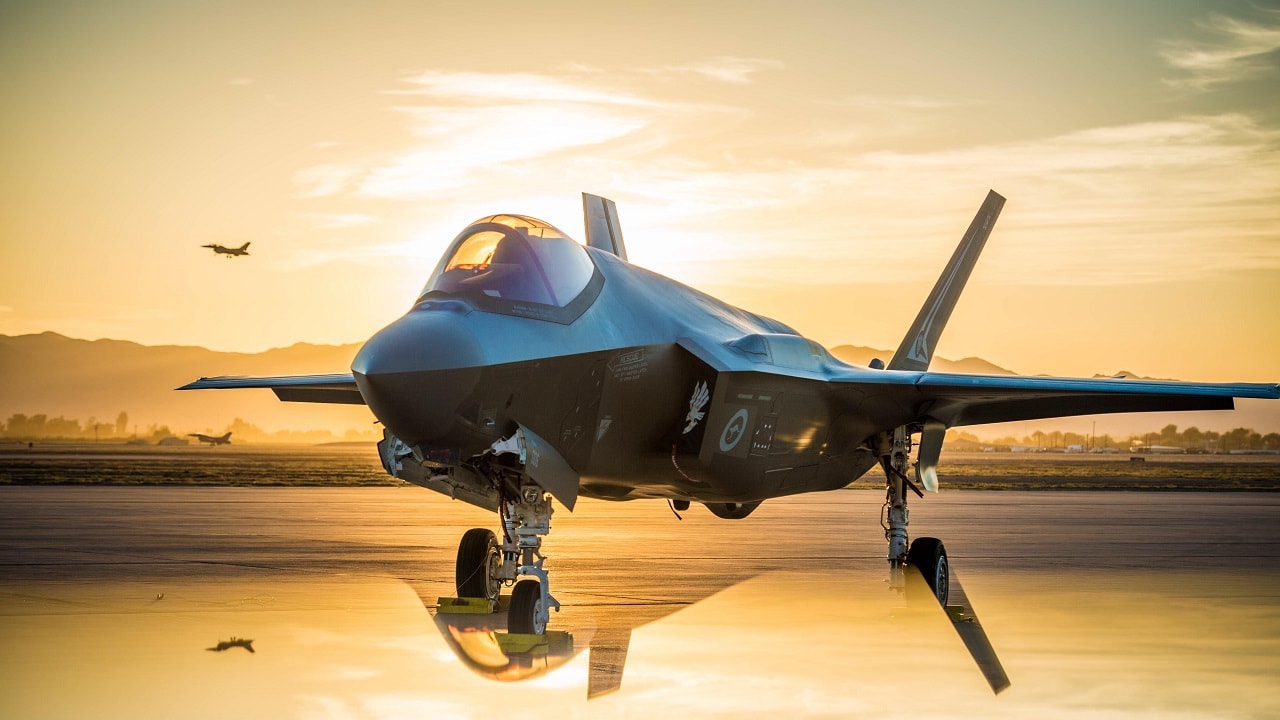As tensions between the Islamic Republic of Iran and Israel continue to flare, both countries have sought out more advanced military equipment in order to contend with the opposing threat. Iran is hoping that a potential acquisition of S-400 air-defense systems would be a game-changer for its lackluster arsenal of weapons. This Russian-designed mobile surface-to-air missile (SAM) system is considered to be a near-peer to America’s Patriot SAM system.
While the Kremlin has not confirmed that such a deal has come to fruition, the rogue ally’s recent military exchanges suggest that an S-400 deal could soon become a reality.
Introducing the S-400 missile system
The Russian Air Force officially announced the S-400 system in 1993, but the system’s development dates back nearly a decade. Russian media outlets claimed that the missile was successfully tested in 1999 and was scheduled for deployment in the Army by 2001. In 2003, however, the S-400 was still not in service. Over the next few years, the S-400 would undergo several more tests and eventually enter service with Russia’s Army in 2007. A lot of information regarding the missile system’s development and testing stages remain unknown, as Russia has been intentionally vague about the S-400’s history.
Designated as the SA-21 Growler by the North Atlantic Treaty Organization (NATO), the S-400 was meant to replace Russia’s older S-300P and S-200 air defense systems. The S-400 system uses four new missile types in addition to the missiles that its predecessor uses.
In addition to the 5V55R and 48N6E missiles, the S-300 can also utilize the 9M96E2 and 9M96E1 missiles. The newer S-400 can also sport the 48N6DM, which is an improved version of the 48N6M with a powerful propulsion system. According to Army Technology, this missile has a lethal range of roughly 250 km. The Triumph can also launch medium range ground-to-air missiles, which can strike farther and faster than less advanced missiles.
Russian-Iranian military exchanges are on the rise
Over the summer, Moscow began receiving shipments of Iranian-designed unmanned aerial vehicles (UAVs). To date, Ukraine believes that Moscow has revived upwards of 2,400 lethal drones from Tehran. Remnants of destroyed Shahed-131loitering munitions have been spotted all over Ukraine. Not only did Iran provide these lethal drones to Russia, but also trained its soldiers on their proper use.
As the partnership between the Iranian regime and the Kremlin blossomed, Tehran sought out Russian-made Su-35 fighter jets and is expected to procure at least 24 fighters built initially for Egypt over the next few years. Bloomberg recently reported that Iran is also hoping to acquire Russia’s sophisticated S-400 air defense system.
A Forbes analyst noted that “it cannot be ruled out that Tehran did indeed demand S-400 deliveries from Russia for its support in the war in Ukraine through deliveries of kamikaze drones (loitering munitions),” he told me. “However, it is important for Iran to develop its own military-industrial complex, supervised by the IRGC (Islamic Revolutionary Guard Corps), and this military-industrial complex produces an analogue of the Russian S-300 complexes.”
If Tehran were to receive Moscow’s S-400 SAM system, Israel would be indirectly impacted. Officials from the Jewish state believe that such a system would hinder potential future strikes targeting Iran’s nuclear facilities.
As Russia’s war in Ukraine continues to unfold, relations between the two rogue allies will likely only improve, making the prospect of an Iranian-owned S-400 system more probable.
About the Author
Maya Carlin, a Senior Editor for 19FortyFive, is an analyst with the Center for Security Policy and a former Anna Sobol Levy Fellow at IDC Herzliya in Israel. She has by-lines in many publications, including The National Interest, Jerusalem Post, and Times of Israel. You can follow her on Twitter: @MayaCarlin.

